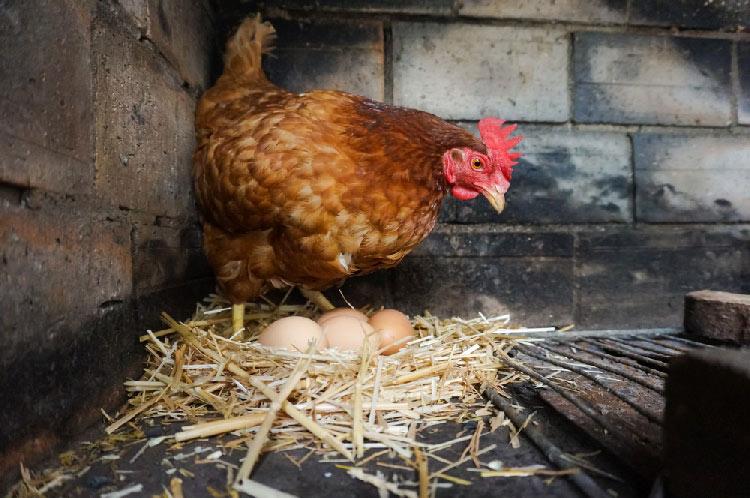
The hen, which is raised by humans worldwide for eggs and meat, is a species of bird in the subfamily Phasianina of the Phasianidae family. The domestic fowls seen today are the descendants of domesticated red fowls. Chickens lay eggs up to 300 days a year compared to other birds. Chickens only lay eggs during the day. Especially in the morning. Why don’t chickens lay eggs at night?
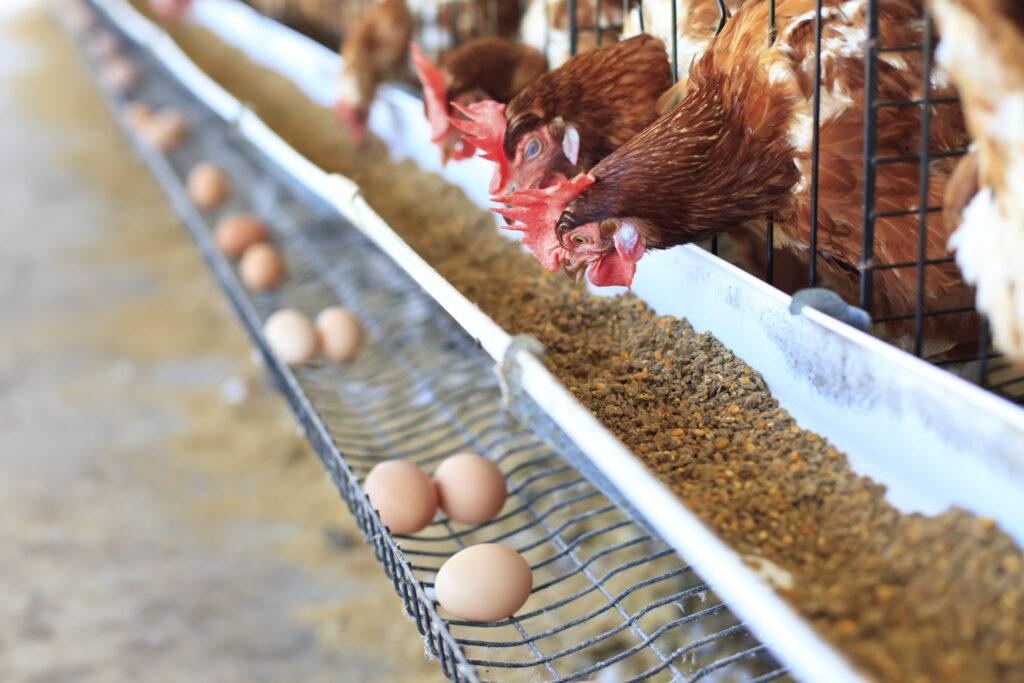
The reproductive cycle of chicken is controlled by photo period or light exposure. Chickens need at least 14 hours of light per day to lay eggs. They produce eggs at maximum rate with 16 hours of light exposure. Chickens usually lay eggs within six hours of sunrise – farm-housed chickens require artificial light. Lack of light can affect spawning.
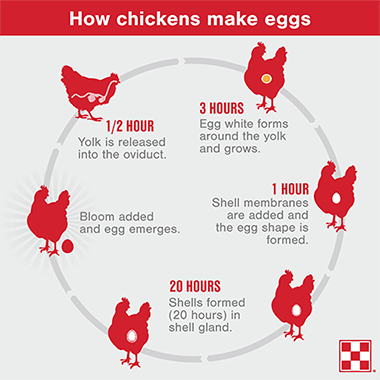
Chickens have only one ovary. The ovaries are full of undeveloped follicles. During development, the yolk sac is formed before the egg moves into the ovary. This is where the spawning process begins. An egg or egg yolk is released from the ovary. The egg white, shell membrane and yolk form around the yolk. It travels slowly into the hen’s long ovary. The egg is pushed out through the cloaca, a single opening that combines the reproductive, urinary, and intestinal tracts. It takes about 26 hours from ovulation to ovulation.

Hens usually lay eggs in the morning, but they lay eggs in the afternoon and up to 3 o’clock. (Genetic factors also affect egg laying. Brown breeds tend to lay eggs earlier, while white and gray eggs are laid later. Broiler chickens bred for meat production, which lay only intermittently, tend to lay eggs early in the morning. ) The next ovulation occurs an hour after laying. If a hen lays in the afternoon, she will delay egg laying again until the next day. That egg is laid about 26 hours later. This is why some chickens lay eggs on alternate days.
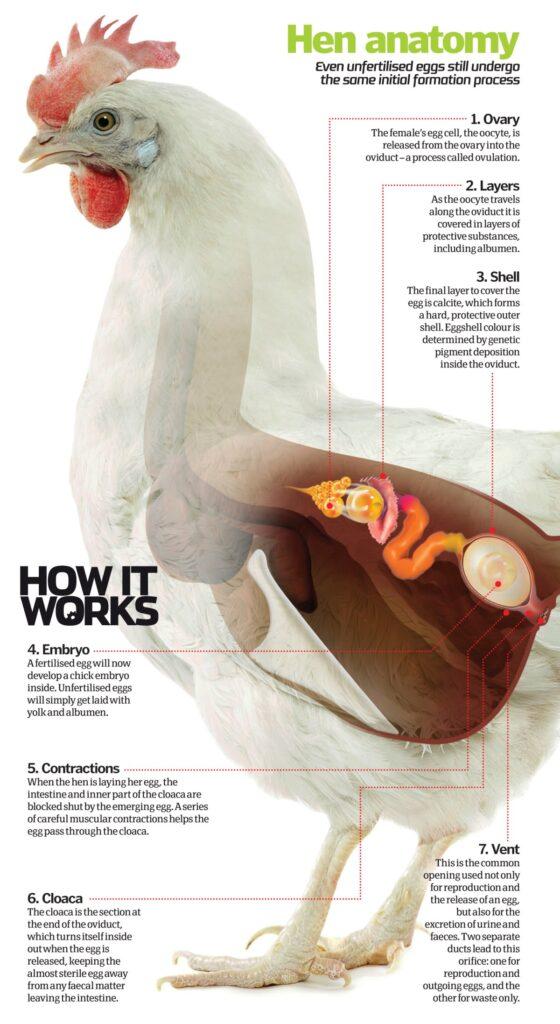
A laying hen can only produce one egg every 28 hours. Neither ovulates at night nor lays eggs in the dark, the rate of egg production varies with light duration and time.
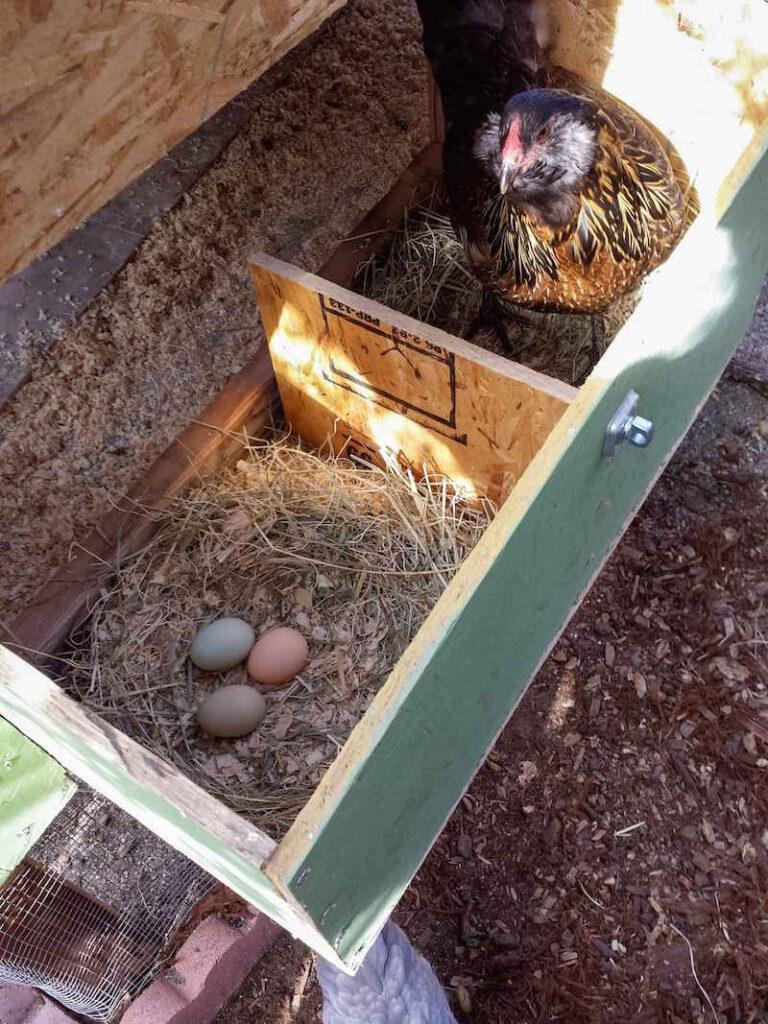




Recent Comments